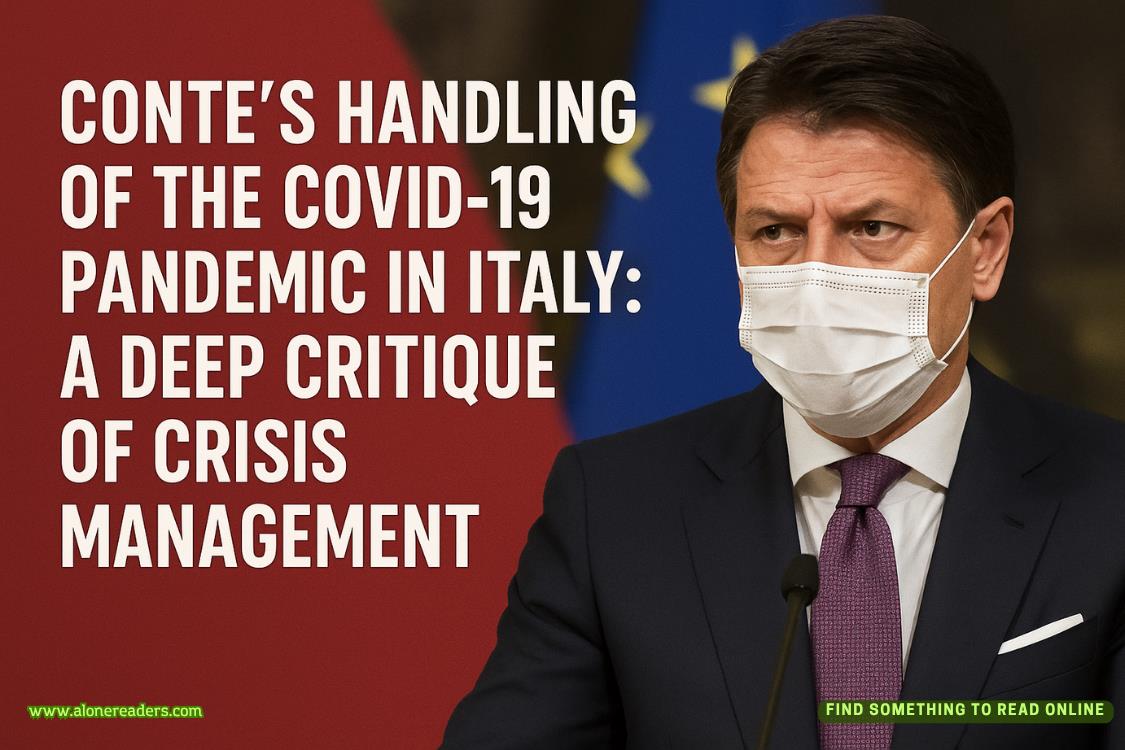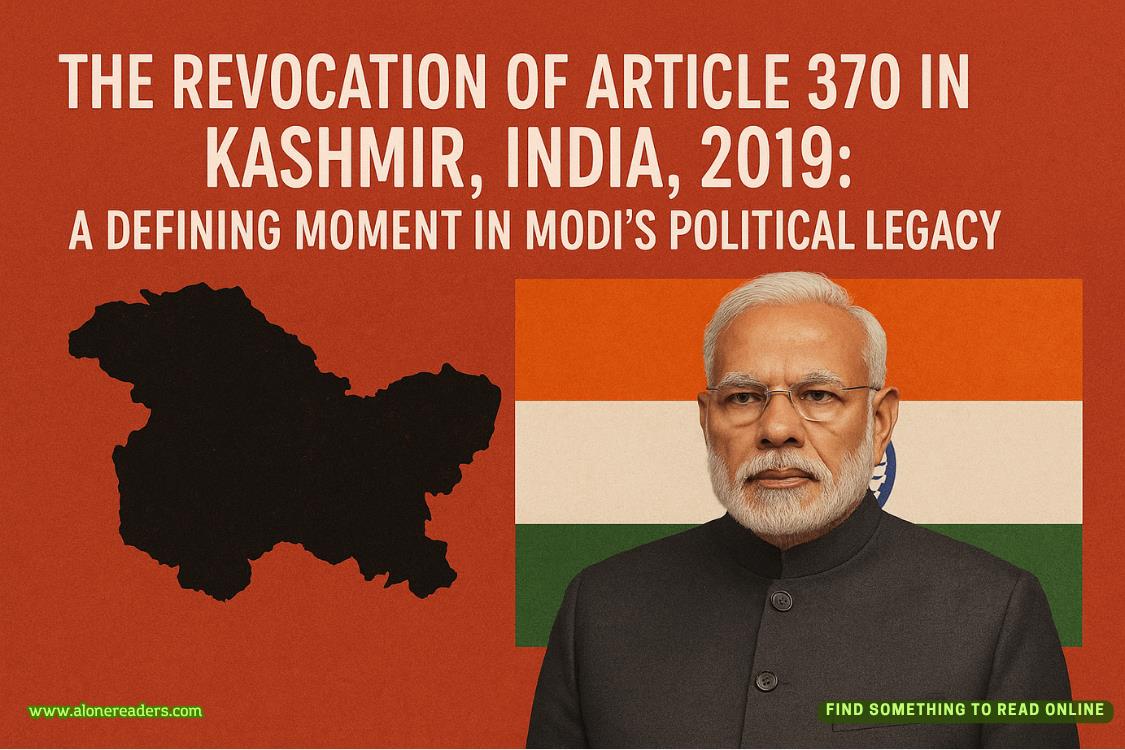Page 2 of Outbreak Protocol
The question catches me off guard. "I'm fine. The work is proceeding efficiently."
"That's not what I meant, Erik." He uses my first name, which always makes me uncomfortable in professional settings. "This is our third major outbreak response this year. It takes a toll."
I adjust my tie again, though it doesn't need it. "I find the work engaging."
Song laughs softly. "That's one way to put it. Some of us were planning to grab drinks next week when this calms down. You should join us."
"Thank you for the invitation. I'll check my schedule." I won't, but it's the expected response.
After ending the call, I stand and stretch, my back protesting after hours of sitting. The windows of my office offer a panoramic view of Stockholm's nightscape—scattered lights punctuating the darkness, the waters of Riddarfjärden reflecting the city's glow. Beautiful, but distant. Like viewing the world through a protective glass barrier.
I make a fresh pot of coffee, measuring the grounds with precision—22 grams, medium-fine grind, water at exactly 93 degrees Celsius. While it brews, I organize the papers on my desk into colour-coded folders: red for urgent action items, blue for ongoing projects, green for completed work awaiting final review.
My glasses have disappeared again. I find them perched atop my head and return them to my nose with a sigh.
The coffee machine beeps. I pour a fresh cup and return to my monitors, scrolling through the overnight email digest. Mostcan wait until morning, but one subject line catches my attention: "Unusual Illness Clusters – Northern Europe."
The email contains preliminary reports from regional health authorities in northern Germany. Scattered cases presenting with similar symptoms: high fever, severe headache, rapid onset of neurological complications. Initial testing negative for known pathogens. Three deaths reported so far, all within the past ten days.
I open a new spreadsheet and begin entering the case data, creating separate columns for demographics, geographic location, symptom onset, and clinical progression. The pattern is unusual—no clear connection between patients, varied age ranges, no common exposure sources identified.
I map the cases geographically, watching as pins appear across the northern regions. No obvious clustering, but the temporal relationship is concerning. All cases appeared within a three-week window.
I calculate the basic reproduction number based on available information—difficult with such limited data, but my preliminary estimate suggests an R0 between 1.2 and 1.8. If accurate, that indicates moderate transmissibility, not explosive like measles but certainly sufficient for sustained community spread.
Checking the symptom profiles against known disease patterns, I find no perfect matches. The neurological involvement suggests a possible viral encephalitis, but the rapid progression doesn't align with typical presentations.
I create a new folder on my secure drive labeled "Northern Cluster – Unidentified" and save my preliminary analysis. It's likely nothing—perhaps a known pathogen presenting atypically, or separate coincidental outbreaks being incorrectly linked. Still, something about the pattern nags at me.
I make a note in my calendar to follow up with the regional health authorities tomorrow, requesting additional clinical data and laboratory findings. Worth monitoring closely, at minimum.
The first hints of dawn lighten the sky outside my window.Another night passed in the company of data and disease patterns. I should feel tired, but the puzzle of the northern clusters has energized me. This is what I do best—finding patterns in chaos, signals in noise.
I close the file and add one final note to my research log: "Monitor northern European cluster—potential novel pathogen?" Then I save everything, back it up, and shut down my systems for the night.
As I gather my coat and bag, I glance back at the darkened monitors. Forty-seven thousand, two hundred thirty-six projected deaths in Africa. Unknown number in Northern Europe. All reduced to data points in my models. It's better this way—cleaner, more manageable. Numbers don't leave you like people do.
I check my watch. 5:43 AM. Time to go home, shower, change clothes, and return for the official workday. No one at ECDC questions my hours anymore. They simply accept that Dr. Erik Lindqvist exists primarily in this office, surrounded by numbers that speak more clearly to him than people ever have.
Little do I know that the northern cluster I've just filed away will soon demand more than my analytical mind. It will require something I've kept locked away for years—my heart.
CHAPTER TWO
Day One
FELIX
I've been on my feet for nine hours straight when the doors to the emergency department burst open again. The paramedics wheel in an elderly woman, her face contorted in pain, oxygen mask fogging with each laboured breath.
"Seventy-eight-year-old female, crushing chest pain radiating to left arm, began forty minutes ago," the paramedic reports, already connecting monitoring leads. "Nitro administered en route with minimal relief. BP 165/95, pulse 112, oxygen 91% on four litres.”
I place my stethoscope on her chest, glancing at her name on the nearby medical chart. "Frau Weber, I'm Dr. Müller. We're going to take good care of you."
Her eyes find mine, wide with fear. I place my hand over hers and squeeze gently. "I know you're scared. That's normal. But you're exactly where you need to be right now."
The monitors spring to life, displaying the telltale ST elevation on her ECG.
"Call cardiology for immediate catheterization," I tell the nurse while I quickly examine the patient. "Frau Weber, you're having a heart attack. We need to open the blocked vessel quickly. The cardiologist will thread a tiny tube through your wrist to fix the blockage."















